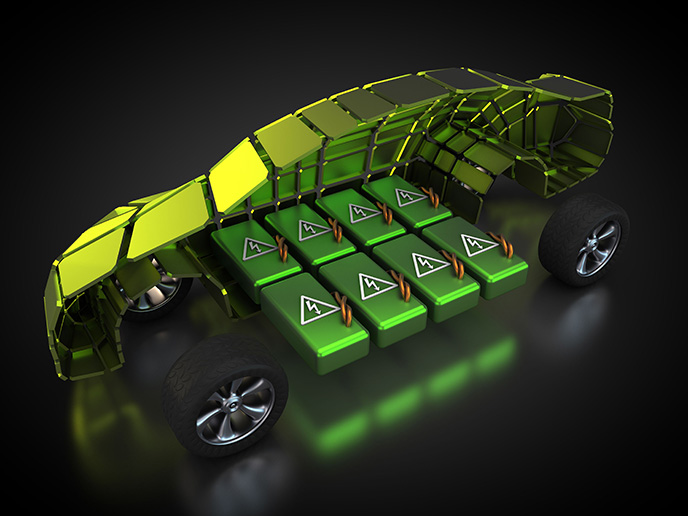3D materials for electronic applications
Researchers of the project OPTCHATRA (Optical charge transfer processes in early stages of photosynthesis from first-principle computational techniques) have shown how femtosecond laser pulses can be used to switch between Dirac semimetal and topological insulator states. Semimetals have recently attracted a lot of interest. Besides the fundamental importance of these materials as condensed matter realisations of elementary fermions, these materials also have unusual properties such as large negative magnetoresistance. Topological states in these materials are controlled by symmetries. Traditionally, symmetries can be influenced only on slow timescales through strain, doping, magnetic or electric fields. On ultrafast time scales, so-called Floquet engineering allows to dynamically break symmetries. Using time-dependent density functional theory (TDDFT), researchers showed that a semimetal is created by breaking time-reversal symmetry. This symmetry breaking can be achieved by applying circularly polarised laser pulses with varying strengths. TDDFT dealt with electronic properties and dynamical screening of materials. In fact, the approach adopted in OPTCHATRA captured effects that other theoretical models could not. For example, under linearly polarised pumping, electron-electron interactions induce symmetry breaking. To illustrate the idea of dynamically driven semimetals, researchers relied on an ab initio description of the topological Dirac semimetal Na3Bi. Although focused on a prototypical Na3Bi, the findings are generic for any Dirac semimetal, as detailed in a Nature Communications paper. This class of materials represent an unusual state of quantum matter, viewed as ‘3D graphene’. They are predicted to have intriguing electronic properties and serve as a platform for the systematic study of quantum phase transitions. OPTCHATRA has resulted in an important advance of this emerging topic in materials science.
Keywords
OPTCHATRA, femtosecond laser pulses, Dirac semimetal, topological insulator, symmetry breaking







